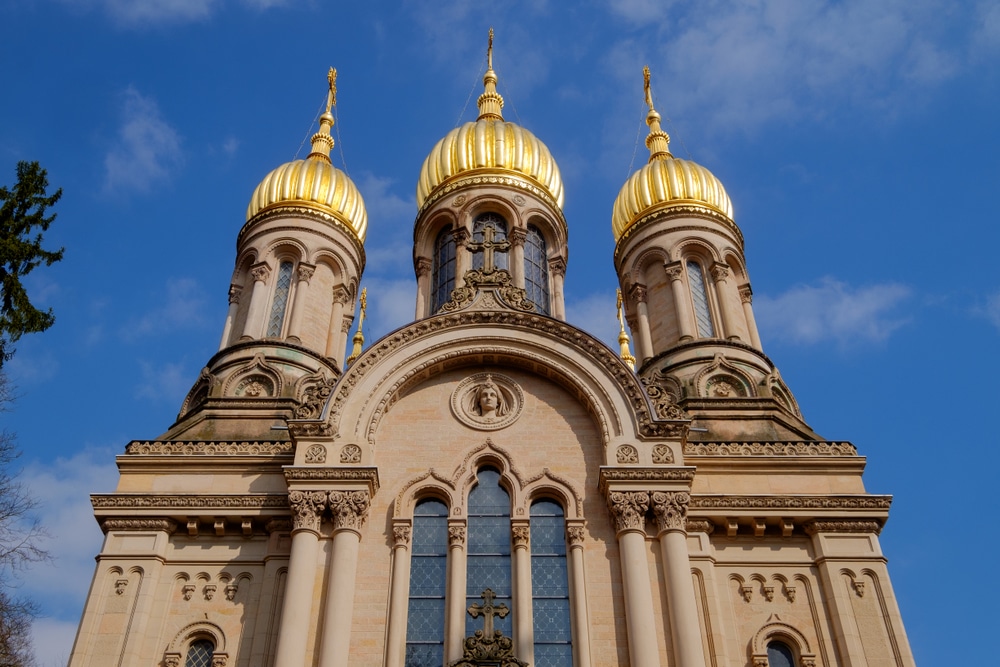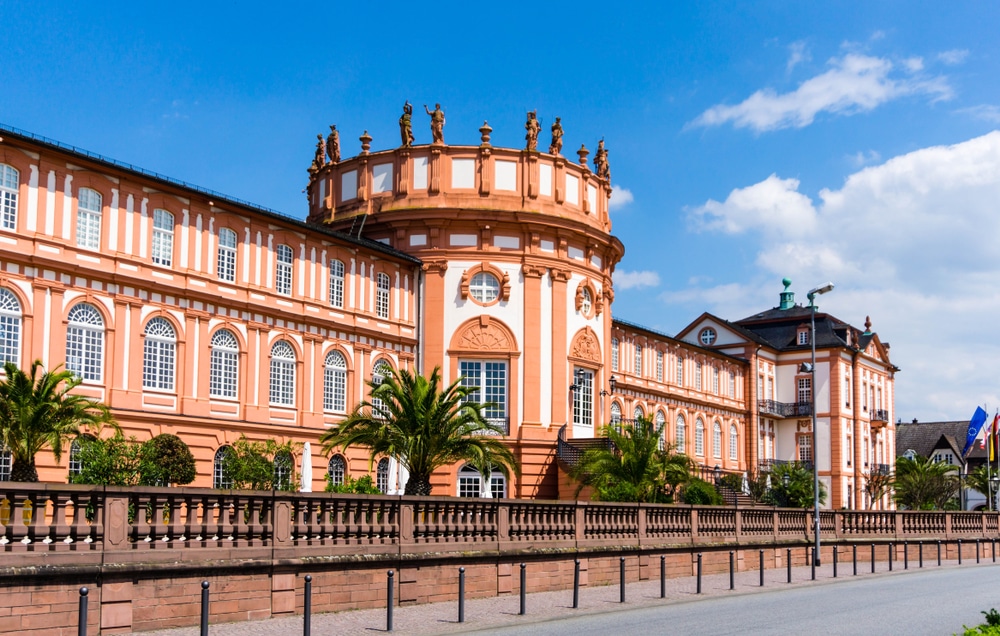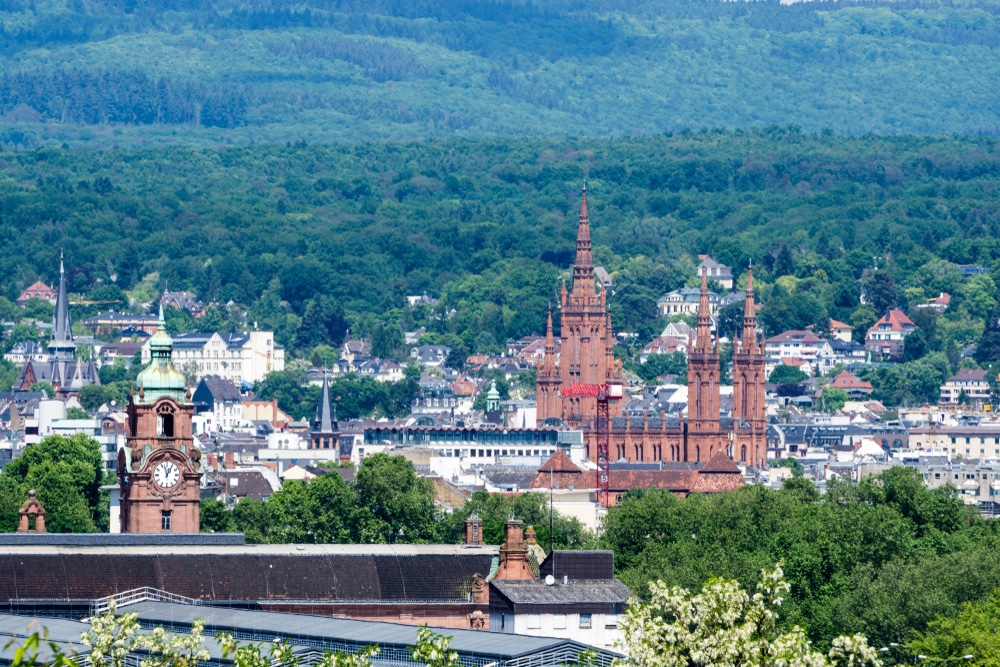Wiesbaden has always been a centre of attraction for Russian immigrants who came to the Hessian capital for various reasons and left their mark. The close family ties between the House of Nassau and the Russian Tsar played a decisive role in this. The building of the Russian Orthodox church on the Neroberg and the adjacent cemetery, which for a long time were among the only ones outside the Tsarist empire, can also be traced back to this.
History of origins
When Duke Adolph of Nassau and his newly-wed wife Grand Duchess Elisabeth entered Wiesbaden on 26 March 1844, the crowds cheered them on. The couple had celebrated their glamorous wedding in St. Petersburg two months earlier. However, they were not to have a long life together. The barely 18-year-old niece of Tsars Alexander I and Nicholas I died giving birth to their daughter in January 1845. The grieving duke then decided to build a Russian Orthodox church on the Neroberg in Wiesbaden so that Elisabeth could be buried in accordance with her faith. The construction of the church was to be financed, with the approval of the Tsar, with the dowry of one million silver rubles.
Construction
The construction of the church was supervised by chief architect Philipp Hoffmann, who travelled to Russia especially for the purpose of researching Russian Orthodox church construction. He was particularly interested in a combination of typical Russian architectural forms with the Italian Renaissance. He was inspired by the Church of the Redeemer in Moscow. Based on its model, the Russian Orthodox Church of St. Elisabeth, popularly known as the "Greek Chapel", was built from light Palatinate sandstone starting in 1847. Its consecration according to the Greek Orthodox rite took place on May 25, 1855. In a solemn procession, the deceased duchess and her daughter were transferred from St. Boniface's Church to the new Russian Orthodox church, where they found their final resting place in the crypt. Exactly under the sarcophagus made of white Carrara marble, a work by the well-known Wiesbaden sculptor Emil Hopfgarten, who depicted the deceased lying down with a wreath of roses in her hair.
Russian church with Renaissance interior
The sacred building with its five onion domes crowned by fire-gilded cupolas and the orthodox crosses facing south appears Russian from the outside. In contrast, the marble interior is reminiscent of the Italian Renaissance. Worshippers enter the church through the west entrance. The south entrance was reserved for the ducal family and was closed forever after the abdication of Tsar Nicholas II. Upon entering the church, the first thing you notice is the three-story iconostasis created by Carl Timoleon von Neff. Its icons, which show Western influences, are separated by small columns of marble. The interior of the dome is decorated with frescoes by the Berlin painter August Hopfgarten.
The cemetery
In 1856, one year after the solemn consecration of the Russian Orthodox church on Wiesbaden's Neroberg, the mother of the deceased duchess suggested the establishment of a Russian Orthodox cemetery. The princess was even prepared to bear half of the costs. The other was borne by the Russian Foreign Ministry. As already for the nearby church Philipp Hoffmann took over the planning. In addition to many Russian Orthodox believers, who in the early days even came from Switzerland and France, famous personalities have also found their final resting place in the cemetery. Among them are two children of Tsar Alexander II and the Russian painter Alexej von Jawlensky.



